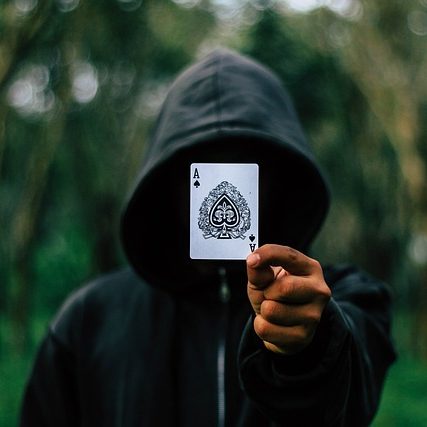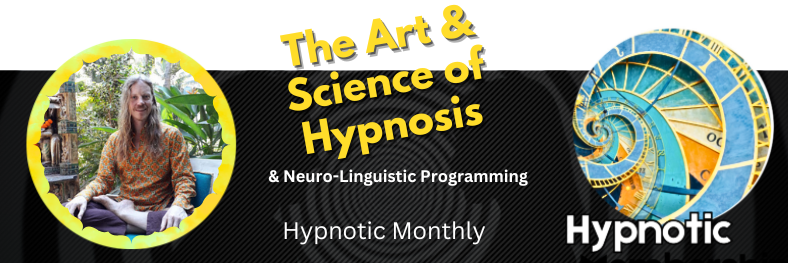
In the realm of psychological entertainment, two terms often intermingle and create confusion in the minds of the audience: mentalism and hypnosis.
While they share certain similarities, it is important to understand that mentalism and hypnosis are distinct disciplines with different principles and techniques.
In this blog post, we aim to shed light on mentalism, highlighting its unique characteristics and distinguishing it from hypnosis
The Art of Mentalism
Mentalism is an intriguing performance art that revolves around the manipulation of perceptions, thoughts and psychological processes, creating the illusion of mind reading, prediction and telepathy.
Mentalists, often referred to as psychological illusionists, use a combination of psychological techniques, observation skills, showmanship and magic tricks (including Sleight-of-hand) to create seemingly impossible feats of the mind.
They appear to possess extraordinary abilities to discern personal information, influence decisions and tap into the thoughts of others.
Learn Hypnosis and Neuro-Linguistic Programming (NLP) to create fast and lasting positive change with your clients >> Find Out More <<
Psychological Manipulation in Mentalism
Unlike hypnosis, mentalism primarily focuses on psychological manipulation and suggestion rather than inducing an altered state of consciousness.
Mentalists employ various techniques such as cold reading and hot reading (to gather information about their subjects). By observing body language and making calculated deductions (guesses), the mentalists create an illusion of having access to personal thoughts and memories.
Duel Reality & Instant Stooging
Duel Reality is the very artful use of language to create the illusion to the audience that one thing is happening while the volunteer on stage thinks another thing is happening.
The performer employs a variety of techniques, including subtle wordplay, misdirection and audience management to create the duel perceptions. This creates a perception of mind reading or prediction beyond ordinary human capabilities.
Unlike traditional stooging, which involves prearranged collaborations, instant stooging relies on the ability of the performer to adapt and engage with random participants in real-time.
Instant Stooging is where the on stage volunteer become a ‘stooge’ in front of the audience with them knowing. This can even include the off-mic technique. Where the hypnotic subjects are asked/told to do something that the audience didn’t hear.
Performance and Showmanship
Another key distinction between mentalism and hypnosis lies in their respective performance styles.
Mentalism is a highly theatrical form of entertainment that relies on showmanship, presentation and audience engagement. Mentalists often use props, psychological ploys and misdirection techniques to enhance the theatrics of their performances.
The primary goal is to entertain and create a sense of wonder, leaving the audience questioning the limits of human perception and intuition.
Cold Reading, Duel reality, Instant stooging, pseudo-hypnotic techniques, sleight-of-hand, magic tricks, hypnotic suggestion techniques… there are many skills involved in the repertoire of the Mentalist.
7 Steps to Card Mentalism (a little side project I created with Niraj Naik in 2015) >> 7 Steps to Card Mentalism <<
Collaboration and Consent
In hypnosis, the subject willingly enters a trance-like state, allowing the hypnotist to influence their thoughts and behaviors.
In contrast, mentalism relies on a different dynamic. Mentalists typically engage in a collaborative process with their audience, where they openly acknowledge the use of psychological techniques and suggestibility.
Consent and participation from the audience are crucial components of mentalism, emphasizing that the experience is primarily entertainment rather than a profound alteration of consciousness.
Skepticism and Critical Thinking
Mentalism often thrives on the suspension of disbelief, encouraging audiences to explore the boundaries of their own perception. However, it is essential to remember its entertainment and illusion.
By understanding the underlying psychological principles and magical techniques employed by mentalists, viewers can fully appreciate the craft while maintaining a discerning perspective.
Conclusion: Distinguishing Mentalism from Hypnosis
While mentalism and hypnosis may share certain similarities on the surface, they are distinct practices with different objectives and approaches.
Mentalism captivates audiences through the art of suggestion, psychological manipulation, and theatrical showmanship. It is an entertainment form that provides a glimpse into the power of perception, intuition and human psychology.

Hypnosis is a state of focused attention and heightened suggestibility. In this altered state of consciousness, individuals are more open to receiving suggestions.
Hypnosis is not sleep but rather a focused mental state where the subconscious mind becomes more accessible. It can be used for therapeutic purposes, for performance enhancing and goal getting as well as for entertainment.
During hypnosis, individuals cannot be made to do anything against their will or moral code.
By recognizing and appreciating these differences, viewers can fully embrace the mesmerizing world of mentalism while acknowledging its distinctiveness from hypnosis.
Find Out about: Learning the Art & Science of Hypnosis for positive holistic change…


Pingback: Unveiling the Secrets Behind the Mesmerizing World of Stage Hypnosis